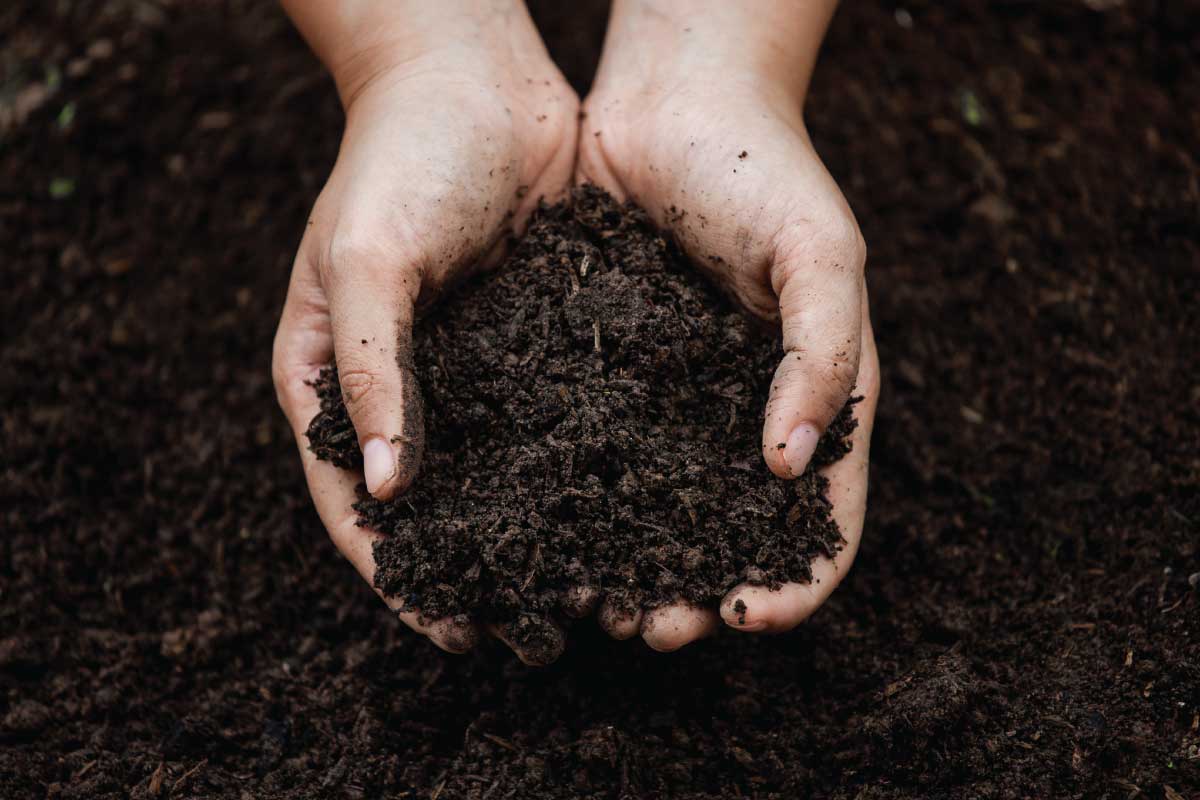Dirt under your nails, mud on your boots, or the foundation for our civilization? Soil is a miraculous and multifaceted resource that supports nearly every form of life on Earth. Yet, despite its significance, it often goes unnoticed and unappreciated. Enter World Soil Day – an annual celebration that highlights the importance of this precious resource. Let’s dig deeper into what this day is all about and unearth some fascinating soil facts along the way.
What is World Soil Day?
Established by the Food and Agriculture Organization (FAO) of the United Nations, World Soil Day falls on December 5th every year. It aims to raise awareness about the vital role soil plays in human civilization, the threats it currently faces, and the need for sustainable management practices.
This day not only acknowledges soil’s role in agriculture but also emphasizes its importance in climate change adaptation, mitigation, and its relationship with key ecosystem services like water filtration and biodiversity conservation.
7 Fun Facts About Soil
Soil, often taken for granted, hides a world of wonder and complexity just beneath our feet. As we commemorate World Soil Day, let’s unearth some fascinating truths about this incredible ecosystem:
- World’s Oldest Workers: Soil is home to a vast diversity of microorganisms. A single teaspoon of soil can contain billions of bacteria, fungi, and other microbes, many of which have been on Earth for millions of years!
- Natural Recycling Plant: Dead plants and animals are decomposed by microorganisms in the soil. This process transforms once-living organisms into rich, fertile compost that nourishes new plant life.
- A Palette of Colors: Soil can be found in a variety of colors: red, yellow, black, brown, and even blue! These colors often indicate the soil’s mineral content and potential uses. For instance, red soil might be rich in iron, while black soil is usually high in organic matter.
- Architects of the Underground: Earthworms, often called “nature’s ploughs,” burrow through the soil, creating channels that help aerate the ground and improve water infiltration. A single earthworm can digest and excrete its own weight in soil every day!
- A Climate Controller: Soil acts as a carbon sink. It holds more carbon than the atmosphere and all plant life combined. Proper soil management can play a pivotal role in mitigating climate change by locking away harmful greenhouse gases.
- Soil is Skin Deep: It takes thousands of years to form just one inch of topsoil, which is the most productive layer of soil. Unfortunately, due to various factors like erosion, it can be lost much more quickly than it forms.
- A Library of History: Soil layers, or horizons, can tell a story about a location’s past. By studying these layers, scientists can learn about ancient civilizations, extinct plants and animals, and past climates.
While these tidbits barely scratch the surface, they underscore the profound significance and intricate beauty of soil. As we tread upon it daily, may we remember and respect its quiet, yet indispensable role in nurturing life on our planet.
Tips for Ensuring Soil Health and Sustainability
Our planet’s vitality hinges on the health of its soil, and as stewards of the Earth, we have the responsibility and power to maintain this precious resource. Here are some effective strategies to ensure soil health and sustainability:
- Practice Crop Rotation: Changing the type of crops grown in a particular area every season prevents soil depletion and breaks cycles of pests and diseases.
- Mulching: Apply organic materials like straw, leaves, or wood chips on top of the soil. This reduces evaporation, prevents soil erosion, and adds nutrients back to the soil as the mulch breaks down.
- Avoid Over-Tilling: Excessive tilling can lead to soil erosion and loss of valuable organic matter. Instead, consider reduced tillage or no-till farming methods.
- Composting: Regularly adding compost to soil not only boosts its nutrient content but also enhances its structure and water retention capabilities.
- Maintain Ground Cover: Planting cover crops or allowing natural vegetation can protect the soil from erosion, improve soil structure, and enhance biodiversity.
- Reduce Chemical Usage: Opt for organic fertilizers and pest control methods. Chemicals can harm the beneficial microbes in the soil and lead to long-term soil health issues.
- Terracing and Contour Plowing: For hilly or sloped terrains, these methods can reduce runoff and prevent soil erosion.
- Implement Agroforestry: Combining trees, shrubs, and crops can protect against wind and water erosion, improve soil structure, and enhance biodiversity.
- Water Wisely: Over-watering can lead to soil erosion and nutrient leaching. Practice efficient irrigation techniques like drip irrigation or soaker hoses.
- Educate and Advocate: Raise awareness about the importance of soil health in your community. Encourage local farmers, gardeners, and policymakers to adopt sustainable soil practices.
Remember, soil is the foundation for much of life on Earth. By taking steps to ensure its health and vitality, we can safeguard our environment and ensure a sustainable future.
Conclusion
World Soil Day is not just about recognizing the importance of soil; it’s about celebrating the intricate web of life that it supports and the ancient stories it holds. As we reflect on the wonders of the ground beneath our feet, let’s also consider how we can contribute to its preservation for future generations. After all, the health of our soil is inextricably linked to the health of our planet.




